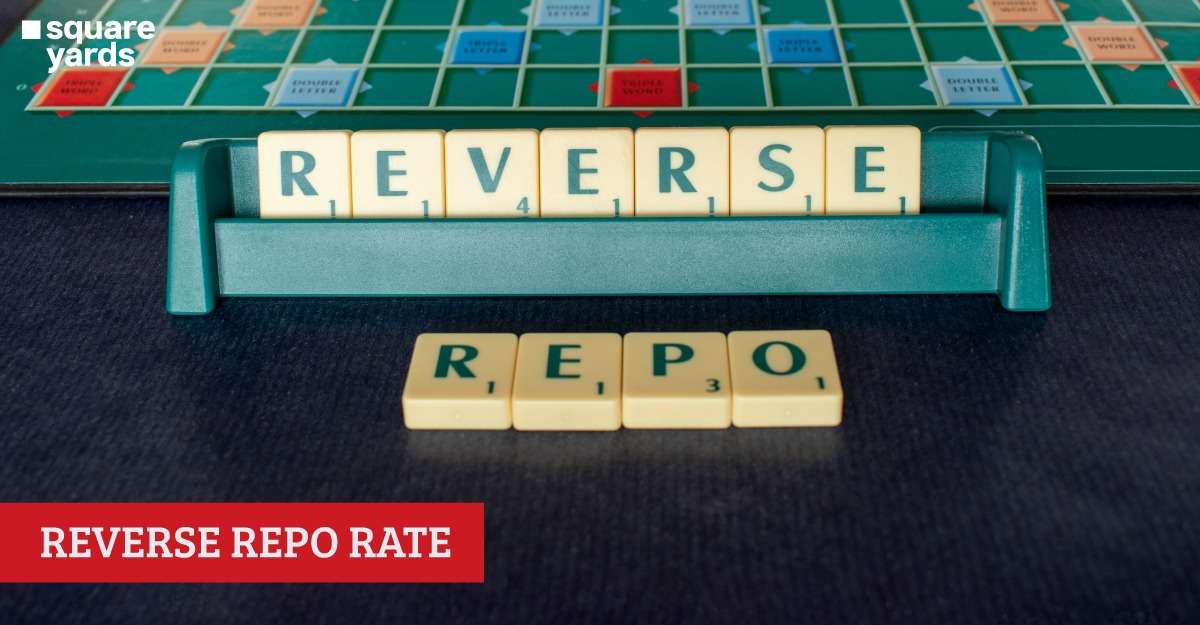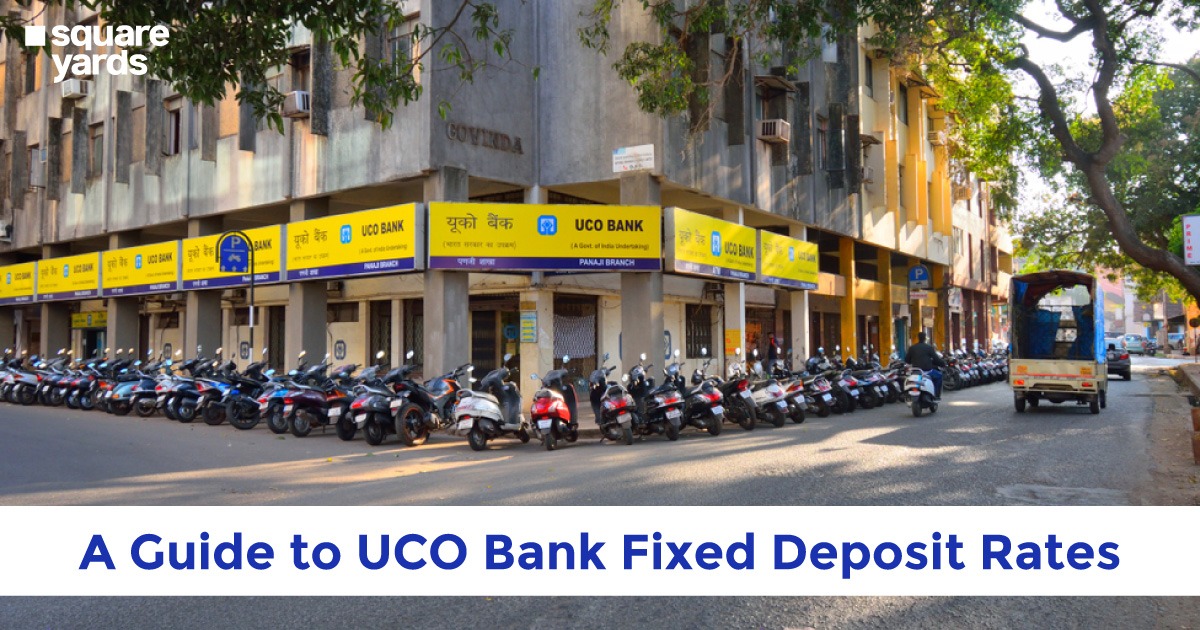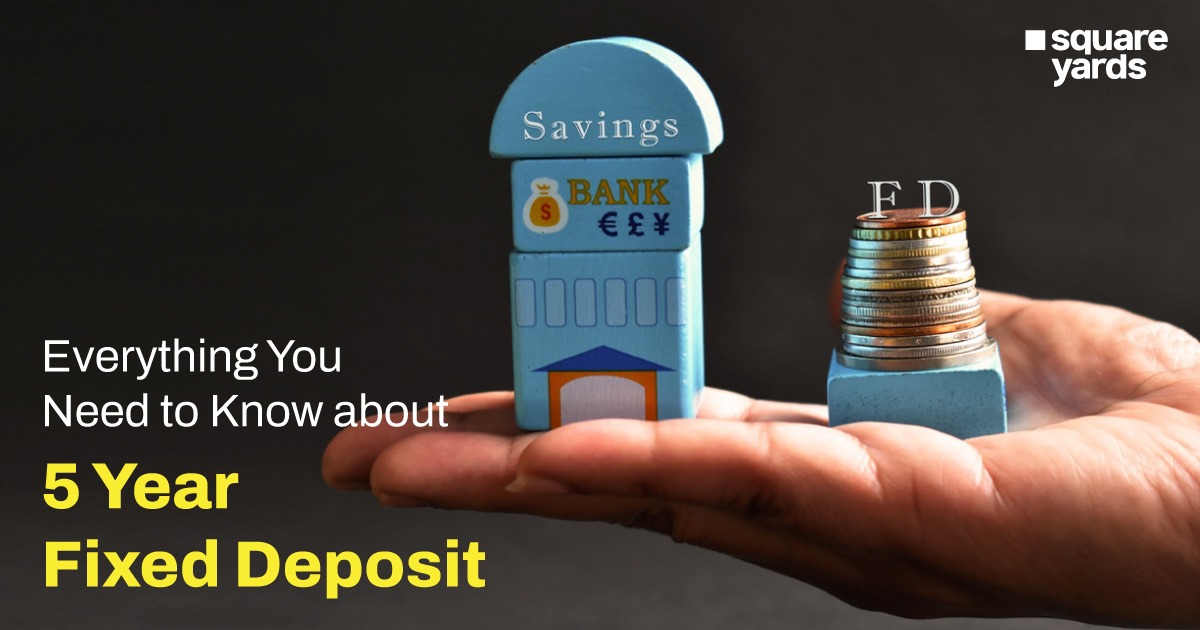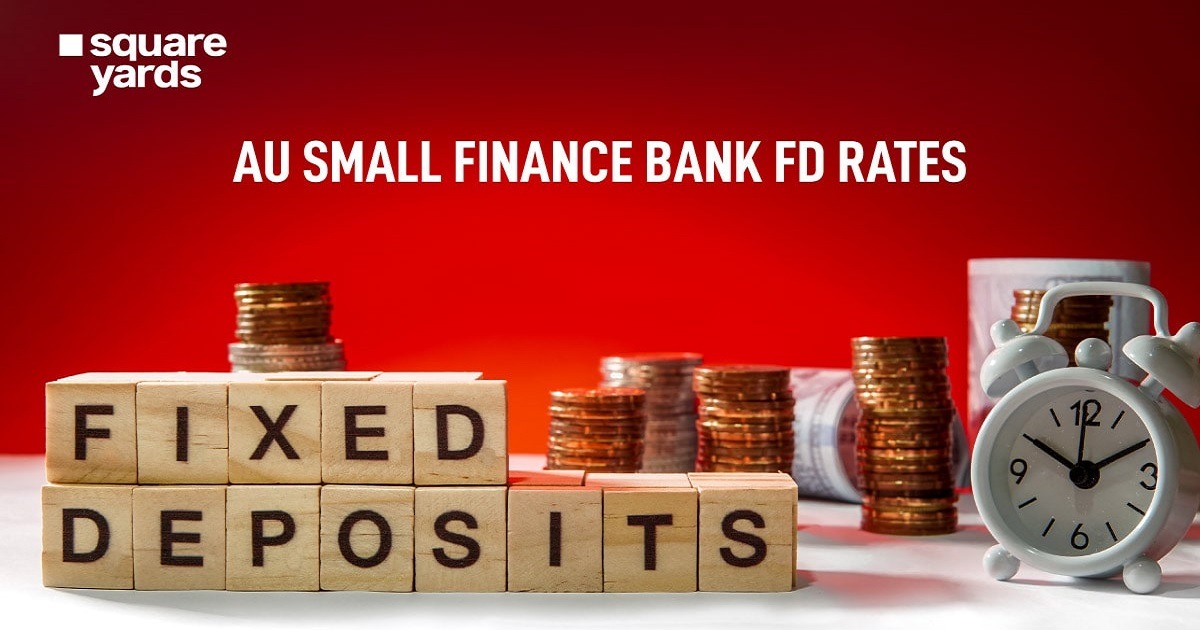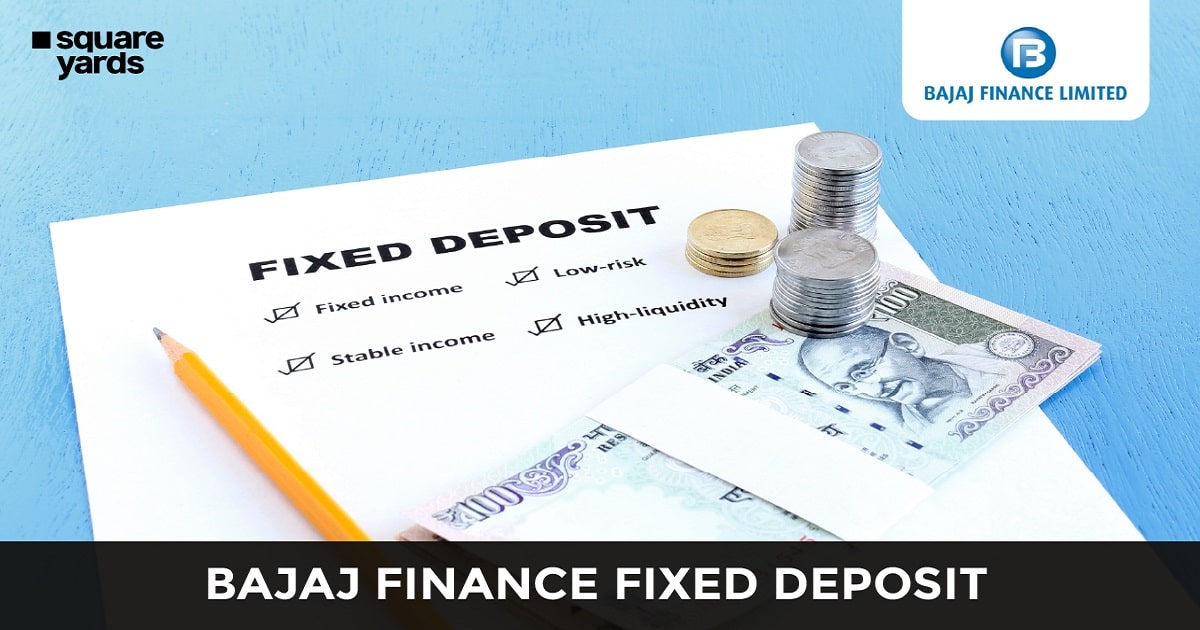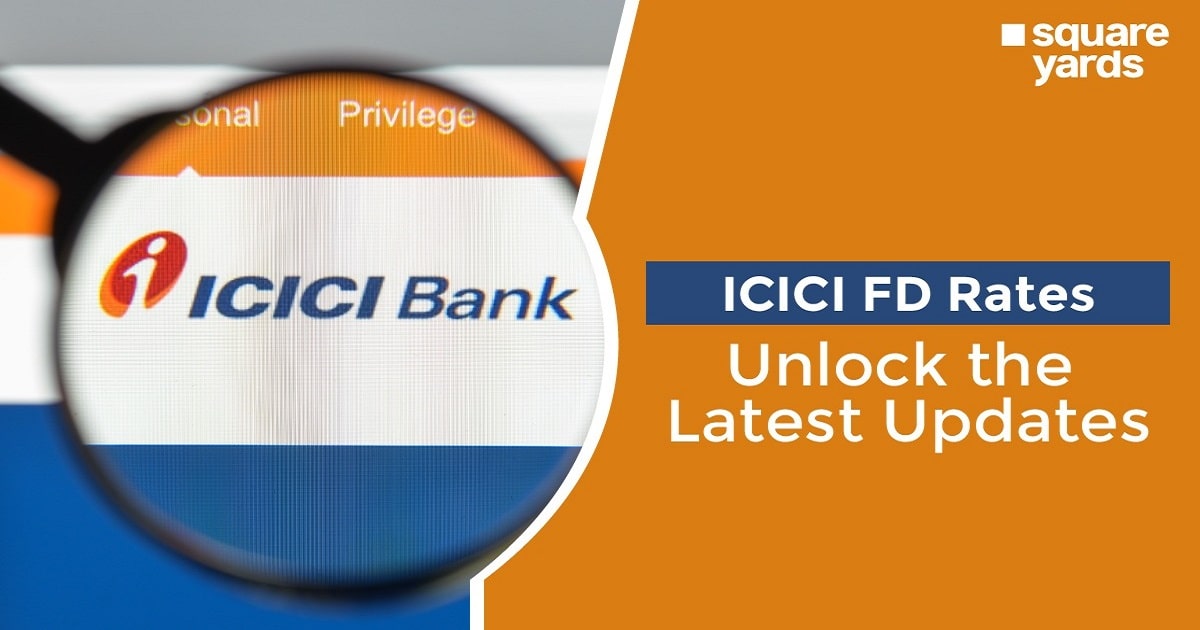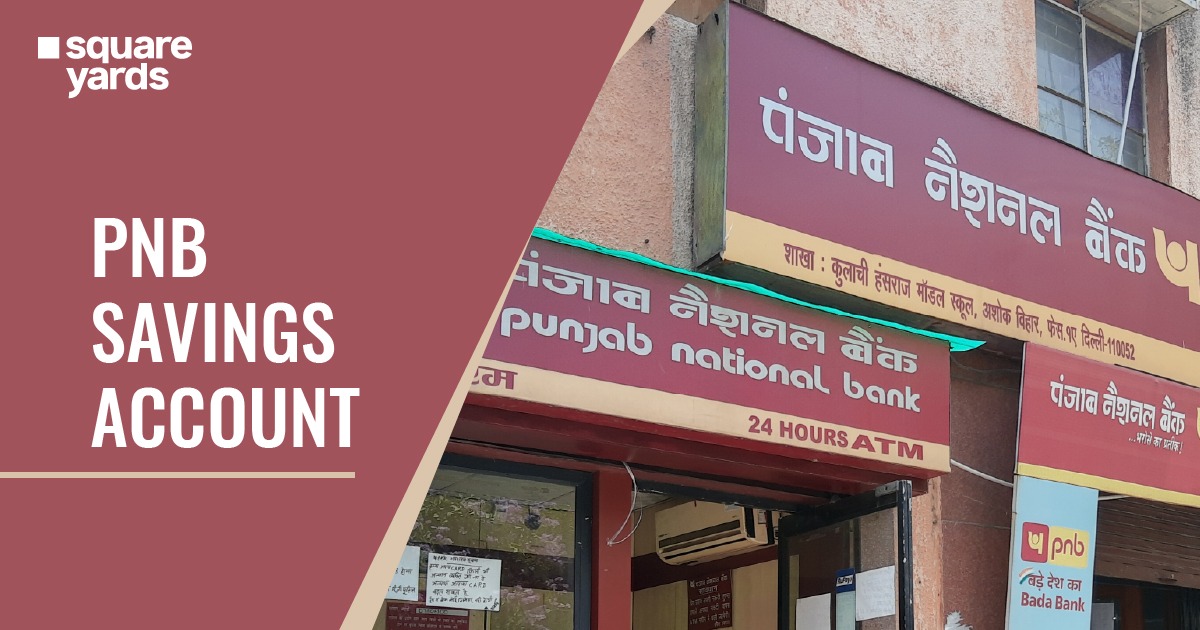The reverse repo rate refers to the rate at which commercial banks within a country borrow money from the central bank. Controlling the money supply in an economy can be achieved using this monetary policy instrument.
An upsurge in the reverse repo rate means that the central bank is borrowing money from banks at a higher rate. This decreases the money supply in the economy.
In contrast, a decrease indicates that the central bank borrows money from banks at a higher rate. As a result, the money supply in the economy increases.
Table of contents
Historical Timeline and Changes of the Reverse Repo Rate
The RBI Reverse Repo Rate history table list the historical changes:
| May 2019 | 5.75 % |
| June 2019 | 5.50 % |
| August 2019 | 5.15 % |
| October 2019 | 4.90 % |
| March 2020 | 4.00 % |
| April 2020 | 3.75 % |
| May 2020 | 3.35 % |
| May 2022 | 3.75 % |
| October 2022 | 3.35% |
The Current Reverse Repo Rate
As of October 2022, the current reverse repo rate is 3.35%. The RBI uses it to control the money supply in the economy. When the RBI increases the reverse repo rate, it becomes more expensive for banks to borrow money from the RBI. This leads to a decrease in the economy’s money supply and helps control inflation.
Economic Impact of the Reverse Repo Rate
When the Reserve Bank of India (RBI) decides to increase the rates, it essentially means that commercial banks will have to park more of their excess funds with the central bank. This results in less money being available for lending and, consequently, a rise in interest rates. This, in turn, leads to slow economic activity, as people are now less likely to borrow for big-ticket items such as homes and cars. The RBI usually resorts to this measure when it wants to rein in inflationary pressures.
Don’t miss It!
| Repo Rate | What is Current Repo Rate? |
| Bank Rate | What is Bank Rate? |
| Monetary Policy | What is Monetary Policy & Benefits |
| Repo Rate and EMI | Difference Between Repo Rate and EMI |
| Marginal Standing Facility | Marginal Standing Facility Rate in India |
How Does Reverse Repo Rate Work?
The Reserve Bank of India’s Monetary Policy Committee (MPC) uses the reverse repo rate as one tool to control the country’s money supply. It is calculated based on the weighted average of the rates at which it borrows funds from select commercial banks. The rates at which RBI borrows funds from banks are usually lower than the repo rate.
When the RBI wants to make it more expensive for banks to borrow money, it increases the reverse repo rate. This makes it more expensive for banks to borrow money from the RBI. As a result, banks are more likely to lend money to each other at higher rates. This increases borrowing costs for companies and consumers and slows economic growth.
A Brief Difference Between Repo Rate and Reverse Repo Rate
The main difference between repo rate and reverse repo rate is that the repo rate is the rate at which the RBI provides liquidity to commercial banks. In contrast, the reverse repo rate is the rate at which commercial banks extend credit to the RBI.
The central bank uses the repo rate to control inflation. A higher repo rate means that commercial banks will have to pay a higher interest rate on loans from the central bank, which will, in turn, discourage them from lending money. On the other hand, a lower repo rate will encourage commercial banks to lend money.
The central bank uses the reverse repo rate to control the money supply. A higher reverse repo rate means that commercial banks will earn a higher interest rate on their deposits with the central bank, encouraging them to keep more money in reserve. On the other hand, a lower reverse repo rate will encourage commercial banks to lend money.
FAQ’s about Reverse Repo Rate
Q1. What is the reverse repo rate of RBI?
The current reverse repo rate of RBI is 3.35%.
Q2. When was the last repo rate change in India?
The recent repo rate change was in October 2022.
Q3. When did RBI start reverse repo transactions?
The RBI introduced reverse repo transactions in 1996.
Q4. What happens when the reverse repo rate is high?
A higher reverse repo rate means the central bank borrows money from the banks at a higher rate, decreasing the economy’s money supply.
Q5. Who decides the reverse repo rate?
The Reserve Bank of India decides the reverse repo rates.


